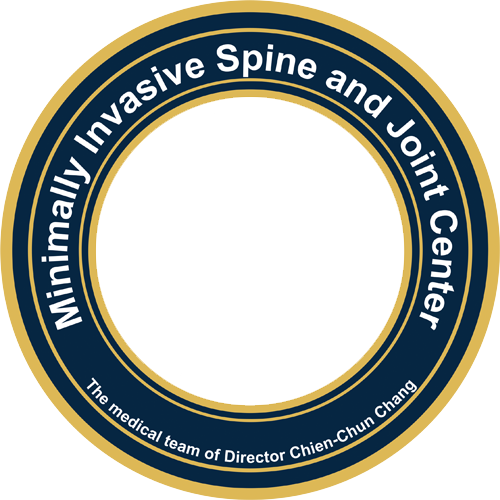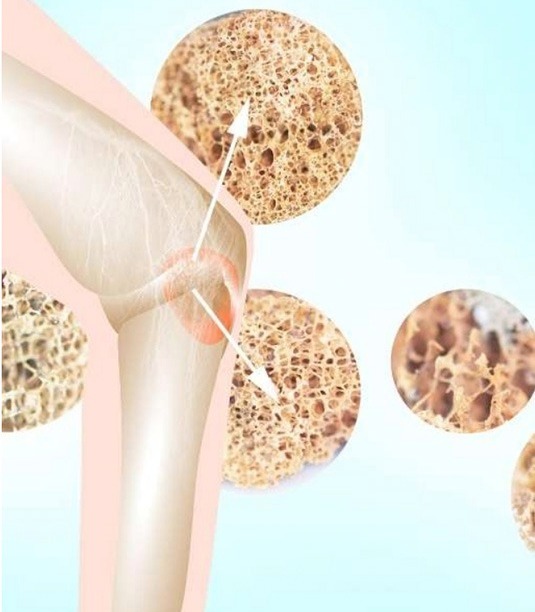
Osteoporosis is often asymptomatic and difficult to detect until a fall, lifting heavy objects, or an impact results in fractures. These fractures can lead to physical disabilities or significantly affect daily life, commonly occurring in areas such as the hip, wrist, and spine.
Osteoporosis is more common in older individuals, especially in postmenopausal women, due to accelerated bone loss after menopause. Additional risk factors include genetics, lifestyle choices, diet, and hormonal imbalances.Prevention strategies for osteoporosis include ensuring adequate calcium and vitamin D intake, engaging in appropriate exercise, reducing alcohol consumption, and avoiding smoking. Treatment often involves calcium and vitamin D supplements, along with specific medications that help slow bone loss or promote new bone formation.





Osteoporosis-Friendly Institution
Prevention and Treatment of Osteoporosis
Osteoporosis is the second most common disease globally. Severe cases are often accompanied by fragility fractures, which are most prevalent in the hip and thigh bones. Alarmingly, patients with hip fractures face a one-year mortality rate as high as 20-24%, comparable to breast cancer mortality rates. Furthermore, individuals with diabetes are three times more likely to suffer from osteoporosis-related fractures compared to the general population. Therefore, early prevention and timely treatment are crucial.
| Type of Medication | Anti-Bone Loss Drugs | Bone-Formation Drugs | Combination Drugs |
|---|---|---|---|
| Drug Name | Prolia | Forteo | Evenity |
| Frequency | Once every six months | Daily injection | Monthly injection |











